Religion, literally translated from Latin, means piety, conscience, and worship. Her ideas are conveyed to the masses through major religious organizations. Their concept, essence and types will be considered in the framework of this article.
The concept of religious organizations
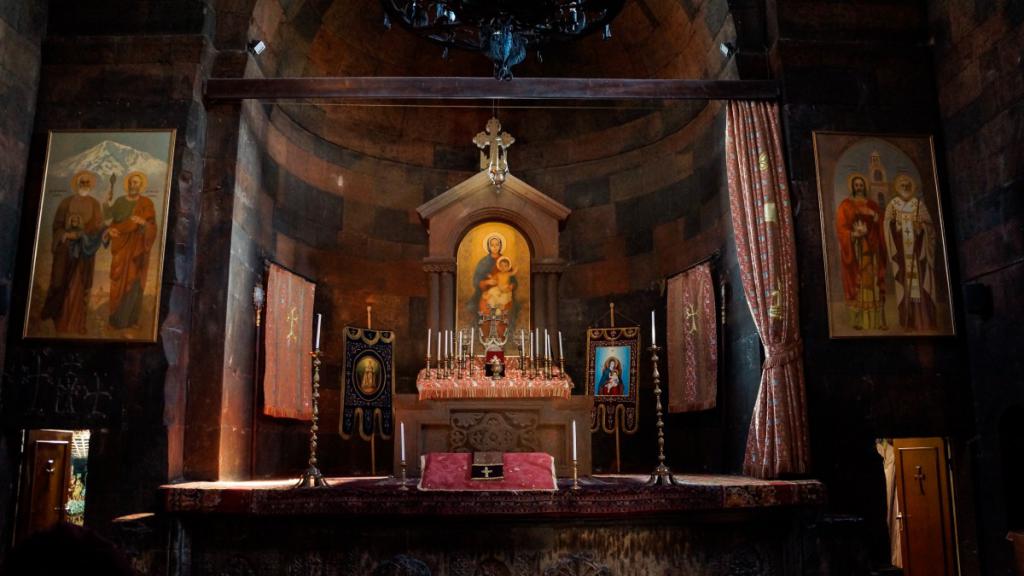
The Federal Law "On Freedom of Conscience ..." suggests that our state is secular and it is completely separate from these economic entities.
A religious organization is an association of various individuals on a voluntary basis, who are located on the territory of the Russian Federation permanently and legally, created for joint confession, as well as the dissemination of their creed after registration as a legal entity.
State intervention in the activities of the business entities in question
It is assumed that the state does not impose the functions of executive authorities on these business entities, cannot interfere in their activities if it does not contradict the current legislation, cannot create religious associations in various government institutions and military units, and cannot introduce religious objects orientation in any educational institutions, except private.
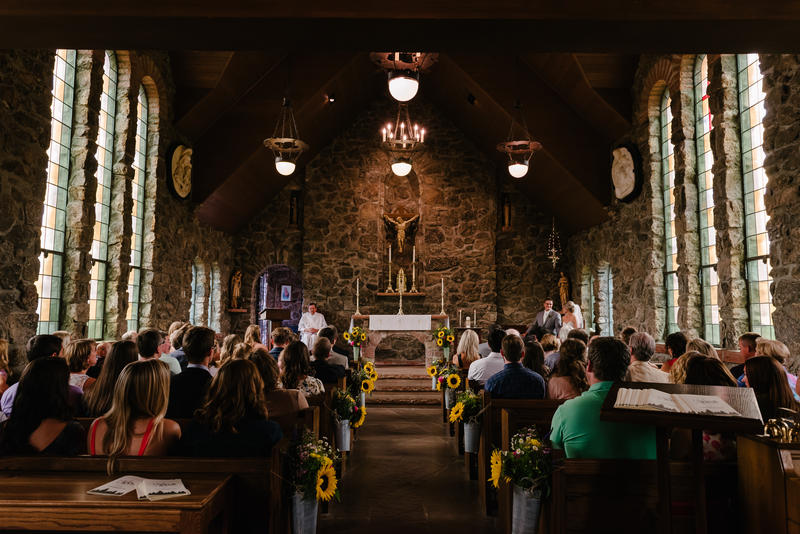
However, it can assist in the restoration, transfer of buildings and structures with land and property belonging to them, religious associations, and also contribute to the protection of various architectural and historical monuments, their maintenance. In addition, the state can provide them with various benefits.
Thus, a religious organization is such a legal entity that the state can provide some assistance, but it is limited in nature, and any other of them, except for those listed above, is illegal.
Responsibilities of the subjects
Religious associations must abide by the principle of separation from the state, without assuming the functions of state bodies, and not take part in various election campaigns.
For systematic and gross violations of the law and the goals for which these organizations are created, a religious organization may be liquidated by court order.
Religious organizations and associations
In presenting the article, not only the first, but also the last subjects have already been mentioned several times. And if we sorted out the first a little, then we still have to get to know the second concept.
So, a religious association is essentially the same religious organization, but the latter is a type of the former. That is, a union is a whole, and an organization is a part. The second type may be religious groups.
The latter differ from organizations in that they are not legal entities. Religious groups were introduced in order to limit the creation in our country of new movements and sects that were never represented in our state.
Therefore, if we discard the latter, then religious organizations and associations are one and the same.
Types of Religious Organizations
The Federal Law "On Freedom of Conscience ..." chose a territorial criterion for classifying the subjects under consideration. According to him, the latter are divided into centralized and local.
In our country, the following of the first type function: the Russian Orthodox Church, the Union of Christians of the Evangelical Faith, the Russian Union of Seventh-day Adventists and others.
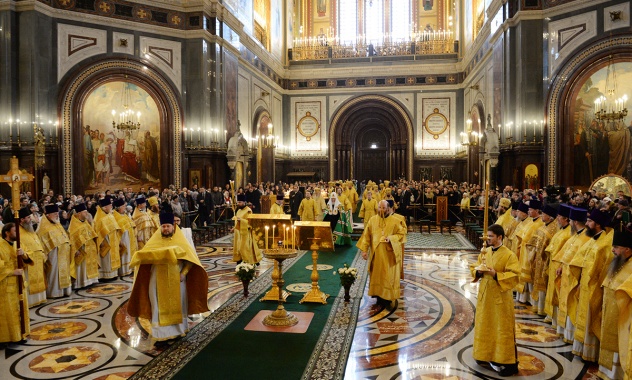
A local religious organization is one that has at least 10 adult participants living in closely spaced territorial spaces, which allows them to meet periodically to carry out the relevant ceremonies and ceremonies. This type includes parishes, monasteries, communities of mercy and fraternity of the Russian Orthodox Church. Founders of local organizations can only be Russian citizens, and participants can be any legal and permanent residents. They may contain such governing bodies that do not provide for the sole interference of the founder in his affairs. Foreigners may be included in these bodies.
A centralized religious organization may be established from three local ones of the same religion. They can be described as centers of a particular religion and religious organizations belonging to local ones. They coordinate the activities of the latter.
Some researchers believe that the territorial attribute does not quite apply to centralized organizations, since they may include local business entities located in the same or in different subjects of the federation. They propose to distinguish the types of religious organizations by founders, and for this they propose creating religious organizations that can be created centralized. But for this it is necessary to change the legislation in terms of wording. In their opinion, it should look like this: “A religious organization is a non-profit economic entity created by individuals or legal entities ...” (hereinafter it is proposed to keep the existing text).
Activities of local business entities in the field of religion
It must exist in a certain area from 15 years. This is confirmed by local authorities. In addition to the latter, it may be in the nature of confirmation of entry into the structure of a centralized economic entity of the same religion.
In its name faith must be indicated. The activities of a religious organization are confirmed every year. As such with any legal entity, its activities are based on the Charter, approved by the founders or centralized, to which it belongs.
State registration can take from 1 month to six months. A longer period may be determined if a decision is made on the need for a religious expert examination.
This organization may:
- independently produce or acquire various religious objects in the country and abroad;
- establish charitable organizations to carry out relevant activities;
- create other enterprises;
- conduct business.
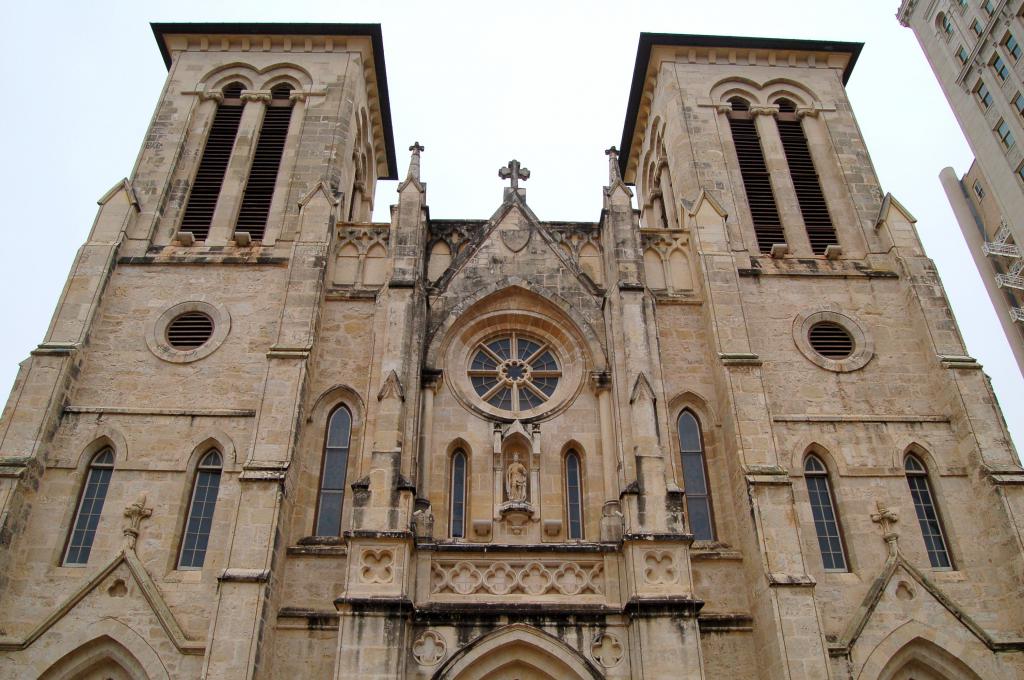
It may own various fixed assets, cash, property, including abroad. The collection of creditor claims cannot be imposed on that which is intended for worship.
This organization may be liquidated, but may not be reorganized.
Liquidation is carried out by decision of the founders or a body authorized by the Charter, as well as by a court decision in case of violation of the law. However, submissions to the court on the performance of this action in respect of a legal entity can be made by local authorities, prosecutors and state registrations. The liquidation procedure as a whole coincides with that of other legal entities.
The main differences in the activities of a centralized business entity
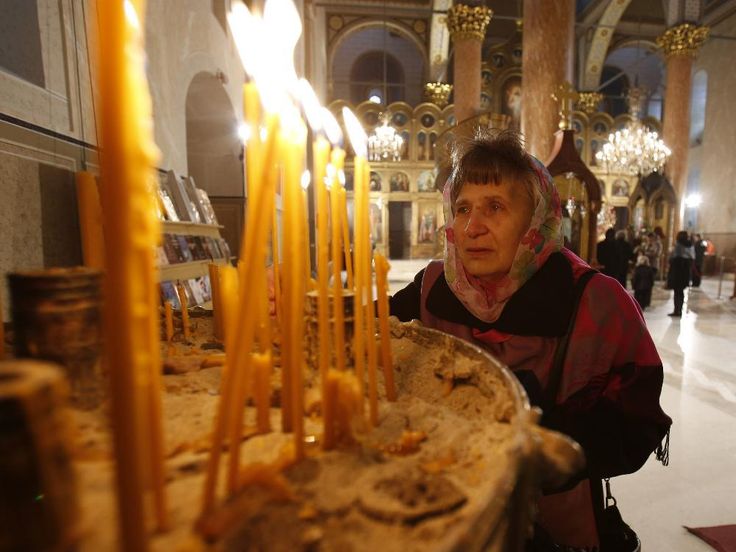
The latter, under the action of its structures on the territory of our country, can use the word Russia and its derivatives in its name for at least 50 years before the time of applying to the registration authorities with a state registration application.
The centralization of the organization does not mean its mandatory location in any administrative center. The main condition for its creation is that the founders should be at least three local religious economic entities, and it can be located anywhere.
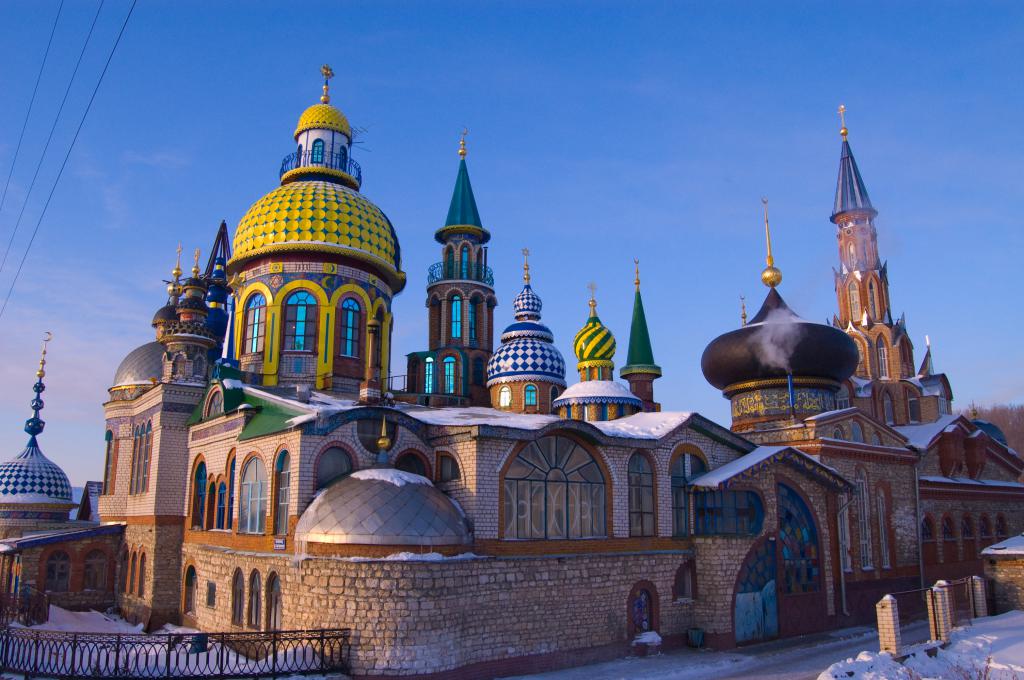
Russian Orthodox Church
Consider the activities of the Russian Orthodox Church as an Orthodox religious organization of a centralized type. It includes all local economic entities of this religion. Its jurisdiction extends not only to the Orthodox of the Russian Federation, but also to those living in the territory of the former USSR, as well as Japan and other countries voluntarily included in it.
The supreme governing bodies are the Bishops' and Local Councils, the Holy Synod, headed by the Patriarch of Moscow and All Russia.
She has her own executive (Supreme Church Council) and judicial body, which conducts hearings of church affairs in closed meetings.

Local churches are dioceses led by bishops. Several dioceses may constitute the metropolis, as well as the metropolitan districts, Exarchates (according to the national-regional principle). The Moscow Patriarchate includes autonomous and self-governing churches.
Finally
Thus, a religious organization is the main part of such an association, which has the status of a legal entity. It can be local (when located in a certain closely located territory) or centralized (formed by at least three local). Their activities are similar to those of other legal entities. The organizational and managerial structure is in many ways similar to secular institutions, and in such centralized organizations as the Russian Orthodox Church it even resembles a state one. In some cases, the state can provide assistance in the activities of the economic entities under consideration, but basically its activities in religion and religious organizations are differentiated.